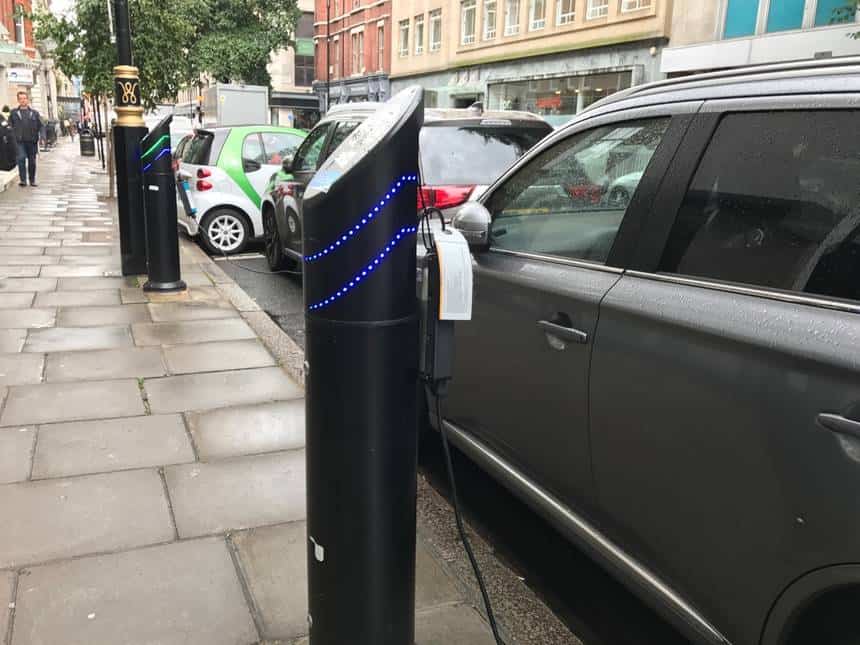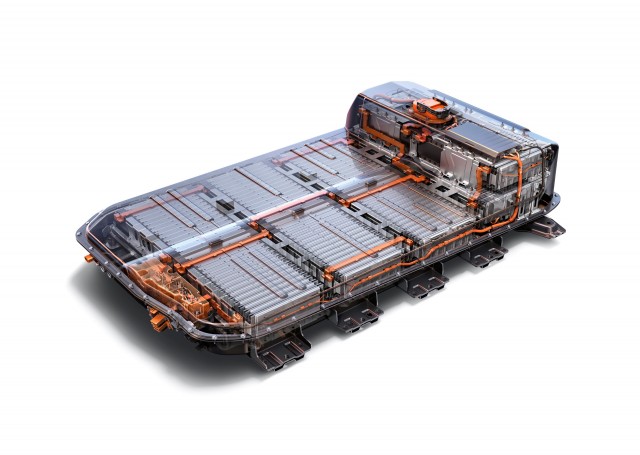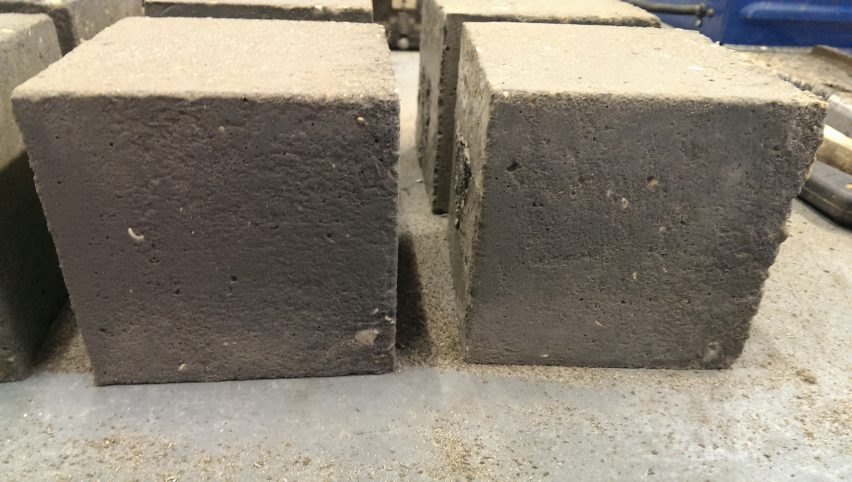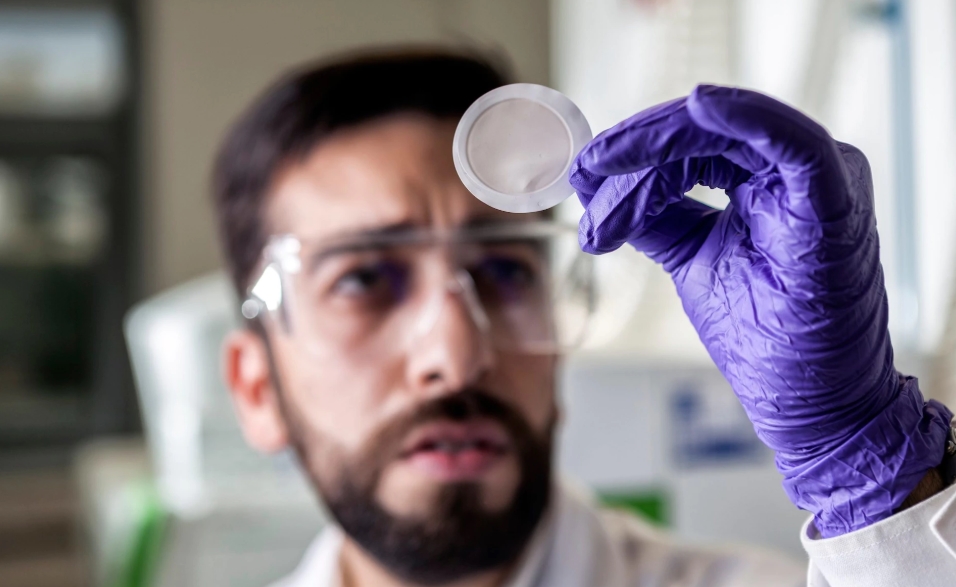
To understand the most complex science, sometimes you have to start simple – and a new experiment inspired by a desk toy has revealed solutions to some of the mysteries surrounding quantum physics.
The toy in question is a Newton’s cradle, that carefully balanced row of balls that clack into one another and can keep moving for a lengthy amount of time. It’s one of the best-known examples of how momentum and energy work, and it’s now been applied to study quantum systems.
A team of physicists has built what amounts to a quantum version of the Newton’s cradle, to study the process of thermalisation – the way that the chaotic motion of quantum particles eventually leads to thermal equilibrium.
We’re all familiar with thermalisation in classical physics – how adding cold milk to hot coffee will eventually lead to an even temperature throughout the liquid.
But scientists have yet to fully figure out exactly how, or why, or when this works in the quantum realm, which is where the newly built quantum toy steps in.
There were no quanta dangling off strings, though. The researchers used groups of atoms cooled down to near absolute zero, loaded into an array of laser tubes and kicked into action by concentrated laser beams.
This kind of Newton’s cradle approach has actually been tried before, but this time the researchers used strongly magnetic atoms to more accurately tweak how they affect the neighbouring atoms in the cradle.
The experiment revealed two distinct and exponential steps to thermal equilibrium, enabling the group to develop a new hypothesis on what’s happening at the quantum level.
“It means we can have a very general, simple theory for how complicated quantum systems like this one thermalise,” says lead researcher Benjamin Lev, from Stanford University in California. “That’s beautiful because it allows you to translate that to other systems.”
The findings were then backed up through an extensive computer simulation that pointed to the same conclusions.
The experiment was set up so the level of magnetism could be dialled up or down, with more magnetism producing more chaotic motion and less of a ‘classic’ Newton’s cradle momentum effect.
That kind of flexibility means there’s plenty more that can be done with this setup – the team is discussing using speckled laser light to see if a kind of quantum glass can be created, one where thermalisation doesn’t occur.
This is all very high-level physics right now, but it’s essential if we’re going to eventually develop quantum computers, sensors, and devices – the sort of developments that can take our technology to the next level.
“If we want to be able to create devices that are robust and useful, we need to understand how quantum systems behave out of equilibrium – when they’re kicked, like the Newton’s cradle – at a level as fundamental as we understand that for classical systems,” says Lev.





